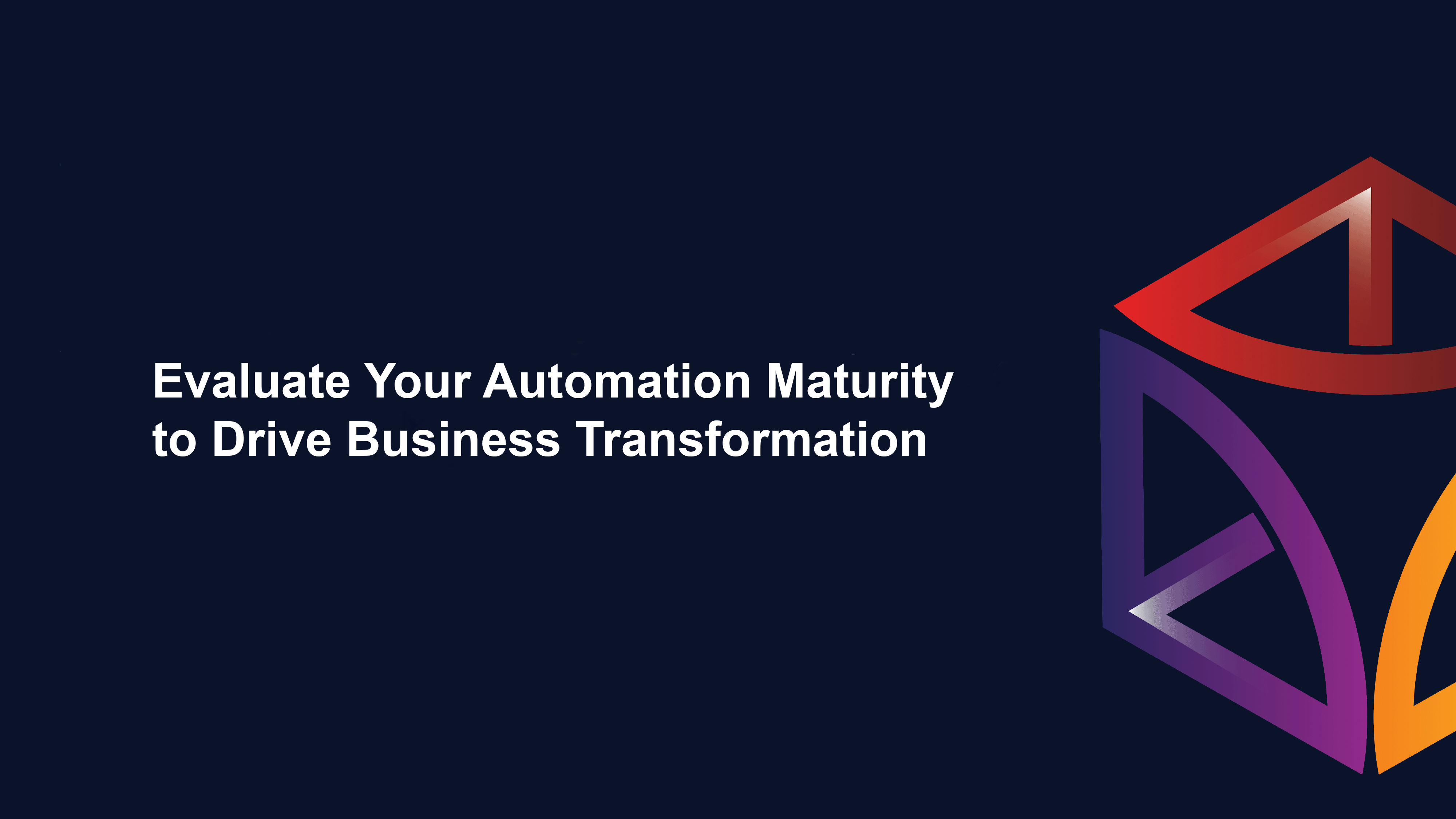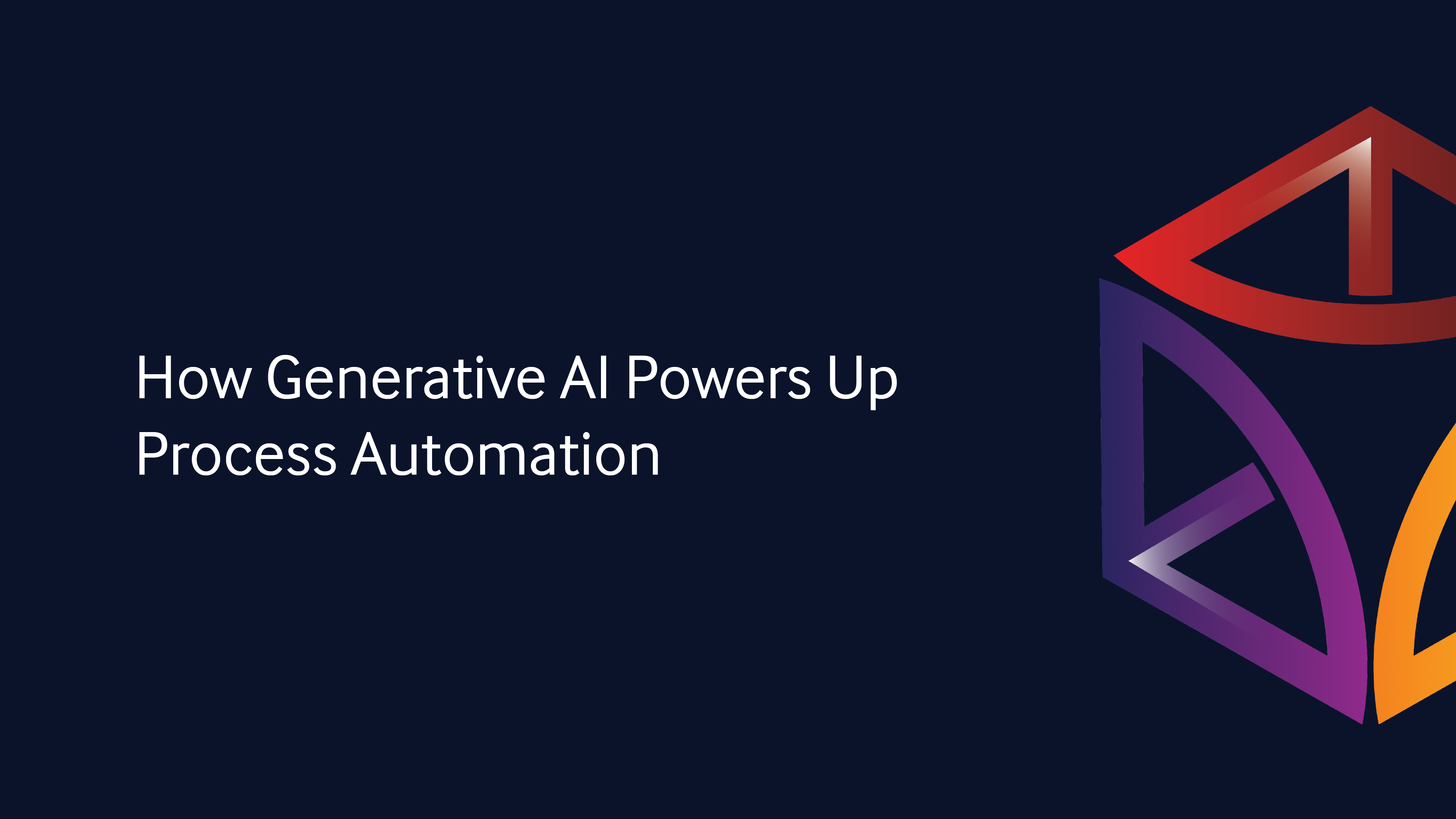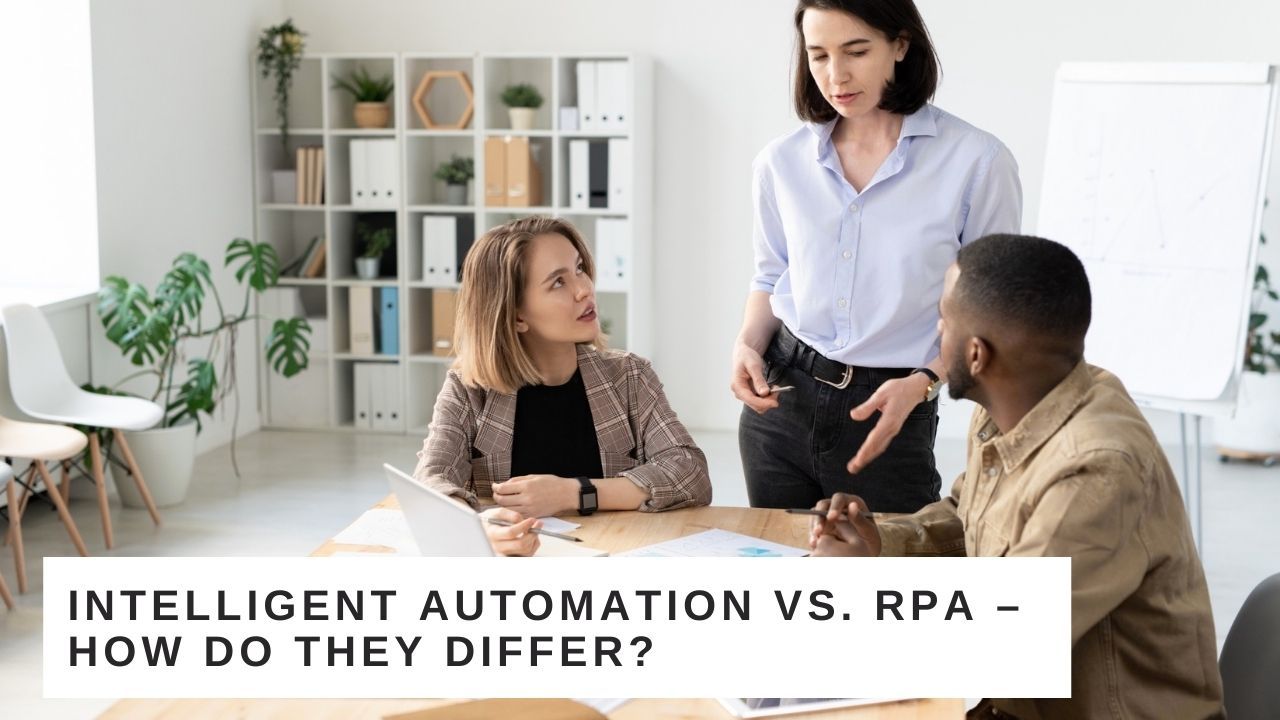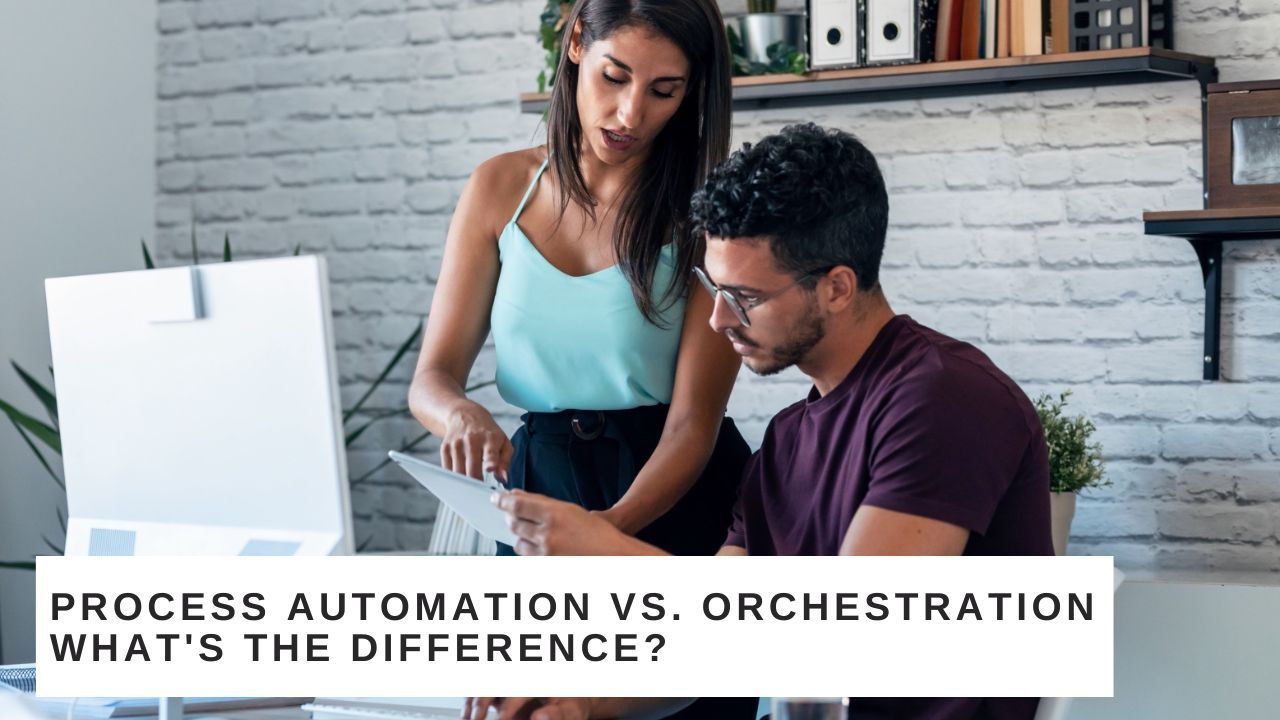Process Automation vs. Orchestration: What's the Difference?
With the increasing workloads, a successful business requires more automated processes with lower human involvement. When organizations automate time-consuming tasks and make complex processes quicker and more predictable, they become more competitive and shorten their time-to-market.
Both automation and orchestration revolve around the need for more automated processes and less human involvement as workloads increase. Process automation helps organizations to automate the repetitive manual steps within a process step or steps. And orchestration defines processes across multiple steps, processes and events including managing process automation steps.
6 minutes read

Gone are the days when business organizations viewed automation simply as a tool for eliminating repetitive tasks. Today, automation is central to any organization's digital transformation initiative. By 2026, the business process automation market will be worth $19.6 billion, double what it was in 2020. With the majority of organizations that embrace automation outperforming their competitors, it is not surprising that automation is quickly becoming the norm rather than the exception.
In the recent past, the term orchestration has gained traction in IT circles, often replacing automation. As you will see in this process automation vs orchestration article, the two terms are related but different.
What Is Process Automation?
Process automation refers to automating a single process or a few related tasks. It helps organizations get rid of routine and repetitive tasks, reduce operational costs, improve efficiency, and grow team productivity. Performing the processes automatically helps employees to get extra time and refocus on more strategic tasks.
Examples of automation include:
Customer pipeline generation
Through automation, sales, marketing, and support teams can autonomously qualify customers in real-time and route them to the right customer manager. The result is less friction in the buying cycle speeding up the pipeline for the sales team to generate more deals.
Sales & marketing alignment
Business leaders use automation to sync their sales and marketing teams by automatically sharing leads, contact information, and updates between the two departments. The result is a faster collaboration and well-coordinated effort that increases customer acquisition.
Automated outreach
Organizations can scale their outreach without sacrificing quality by automating repetitive tasks like sending emails. The result is more efficient customer communication and deeper relationships.
Actionable insights and enhanced personalization
Automating the engagement analysis helps customer-centric teams get real-time insights of customer behavior, what they want and when they're ready to purchase. As a result, marketing and sales teams can identify the most engaged customers, create personalized sales strategies based on individual customer preferences, and close more deals.
Minimizing human errors
Automating data entry, collection, and processing reduce the chances of human error. The result is higher-quality data that's more accurate for decision-makers.
What Is Orchestration?

Orchestration helps manage multiple processes and events and creates a dynamic flow.
It allows to streamline and simplify interconnected workloads, repeatable processes, and operations, and manage multiple tasks simultaneously. Using orchestration, departments can optimize productivity and grow sales by interconnecting customer-centric processes across the organization.
Examples of orchestration include:
Accurate customer profiling
By connecting and managing multiple processes, employees can create an accurate profile of each customer. The result is better segmentation and targeting, leading to more effective outreach and higher conversion rates in customer engagement scenarios.
Improved customer journey mapping
Marketing and sales departments can get a clear picture of the customer journey. The result is a more seamless customer experience and more conversions.
Campaign and sales effectiveness
Business leaders can track the performance of campaigns and sales teams by connecting multiple processes toward improved ROI and higher productivity.
Cost savings
Through orchestration, organizations can maximize their productivity by eliminating the need to pay for multiple-point solutions, reducing storage expenses, and providing time-saving efficiencies for all customer-centric teams.
Revenue gains
Data orchestration provides the necessary foundation to upsell and cross-sell effectively, leading to increased revenue.
The Difference Between Process Automation and Orchestration - Use Cases
In defining the difference between orchestration vs process automation, it's important to note that automation speeds up a single task or workflow, and orchestration streamlines a group of automated tasks and optimizes more complex processes. Orchestration has much more advanced logic. It can make decisions based on outputs from one automated task and coordinate multiple other tasks at the same time.
Using both process automation and orchestration solutions, business leaders can move from operations to strategy and scale their business:
Business Process Automation
Business process automation is a way to increase efficiency and perform business processes with minimal human intervention. It helps to increase productivity and compliance to better customer experience and performance.
Example: Automate signing processes and shorten document turnaround times
- Routing documents
- Signing multiple documents
- Sending reminders
- Data import
- Data deletion.
Decision-Making Automation
Now business leaders can automate their decision-making process and achieve results faster. Automating day-to-day decisions improves operational efficiency, customer service and significantly increases sales.
Example: Automated loan accreditation process
Today banks use automated loan accreditation. Instead of talking to a bank manager, potential borrowers can connect their business accounts to the bank, proving their financial position, and get immediate approval for loans up to $X.
Key Takeaways
Orchestration and automation help business executives operate faster and make data-driven decisions at scale. Organizations that invest in process automation and orchestration solutions gain significant short-term and long-term benefits, including:
- Increased efficiency
- Reduced operational costs
- No manual and repetitive tasks
- Extra time for value-added tasks
- Faster response times
- Accelerated sales process
- Improved customer experiences.
Business executives leverage orchestration and process automation solutions to get rid of operational work, and focus on strategy and revenue generation.
Are you looking for an effective orchestration or automation solution? Talk to the Put It Forward team and discuss your needs.

Elsa Petterson
Partner success manager @ Put It Forward










